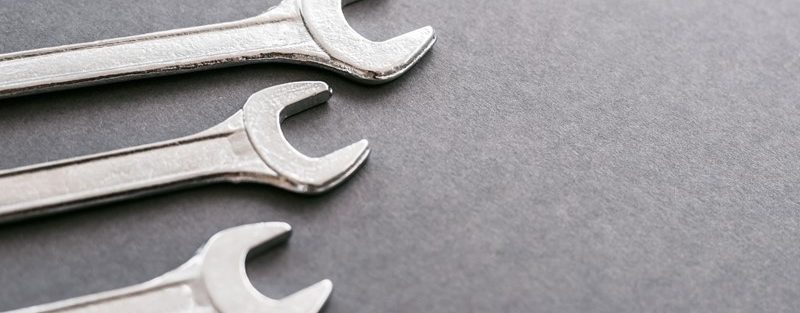HMRC’s internal manuals provide some useful information on the definition of a business repair. This is important because it is required to identify the asset on which work has been carried out.
This is because:
- the cost of repairing a worn or dilapidated asset is normally an allowable expense;
- the cost of replacing the whole or the ‘entirety’ of an asset is not a repair; it is capital expenditure and not an allowable expense.
HMRC’s guidance goes on to explain that what forms the asset or entirety is a question of fact. It is important to ascertain whether the ‘asset’ is in fact a separate asset or is part of a bigger asset.
The basic starting point is to establish the facts about the specific asset you are considering and then to ask the question; does this look like a separate asset? Is it something that stands apart from other assets, is it freestanding or is it something that is removable? This is a question of fact and degree; there are no ‘tests’ that can be applied.
With buildings and structures, the question is whether the item replaced appears to be a free-standing asset. The fact that it is connected to another structure, for example by a flue, does not make it part of that larger asset.
It also needs to be considered whether something has become part of something else. If something is a ‘fixture’ then it has become part of the building and not an entirety in its own right.



